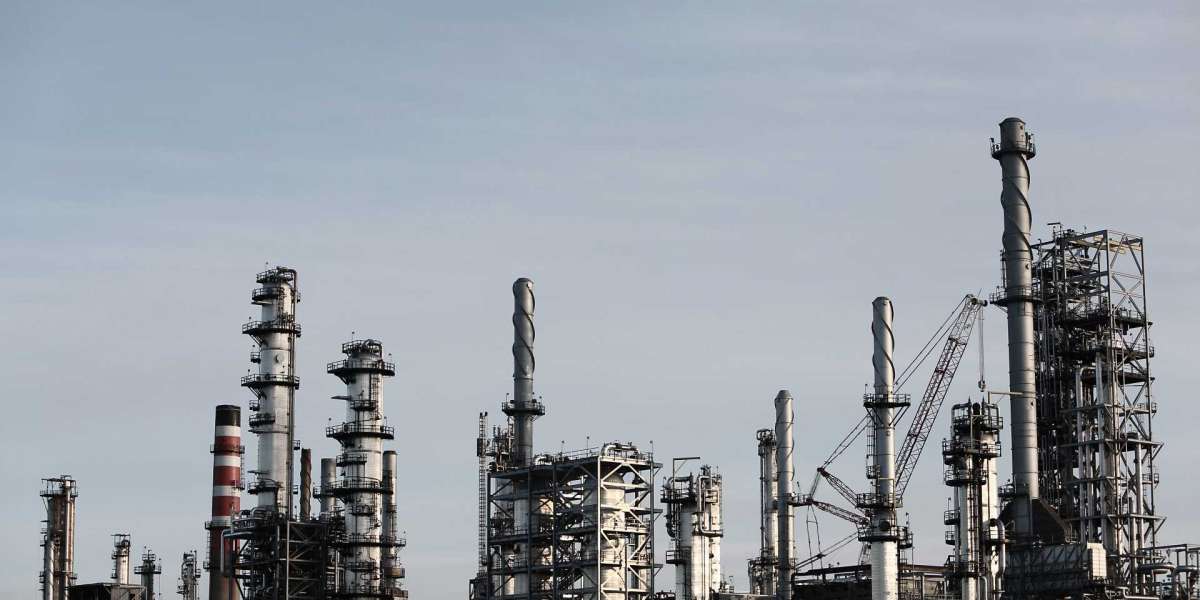A thriving modern economy, a brand new car, a AAA battery. What do these three have in common? They run on non-renewable energy sources.
Non-renewable energy is an energy source that is not unlimited and cannot replenish naturally for further use to keep up with human consumption. These include fossil fuels like coal, petroleum, and natural gas. We use non-renewable energy in almost every facet of a country’s economy. It powers vehicles used for personal and commercial transport, in manufacturing industries and to produce heat and electricity for homes and businesses. The top 5 economies of the world today are the USA, China, Japan, Germany India. Coincidentally, these countries rank in the top 10 of the world’s largest consumers of petroleum. Unsurprisingly, the world’s two largest economies; The US and China are also the largest consumers of petroleum products in the world. At this level of unchecked use most petroleum reserves would run out in the next 50 years and the world would come to a screeching standstill as most of our industries still run on petroleum products.
We use non-renewable energy in almost every facet of a country’s economy. It powers vehicles used for personal and commercial transport, in manufacturing industries and to produce heat and electricity for homes and businesses. The top 5 economies of the world today are the USA, China, Japan, Germany India. Coincidentally, these countries rank in the top 10 of the world’s largest consumers of petroleum. Unsurprisingly, the world’s two largest economies; The US and China are also the largest consumers of petroleum products in the world. At this level of unchecked use most petroleum reserves would run out in the next 50 years and the world would come to a screeching standstill as most of our industries still run on petroleum products.
Environmentalists predict that if this trend of consumption continues, the world will lose its polar ice caps to global warming. They also predict extreme weather like freak storms, flooding coastlines, droughts and much more. Environmentalists foresee that if we act now, we can avoid turning the Earth into a desert wasteland. It would mean cutting our carbon emissions drastically and adopting renewable energy sources at an extensive scale in every industry across the globe.
Transitioning to a zero-carbon economy is no easy feat. But, it's possible with the right technology and political mindset. It is possible as shown by The UK who have celebrated two months of running purely on renewable energy on the 10th of June 2020.
What would a zero-carbon economy look like in the next few decades? To reach a zero-carbon status; a country would have to upgrade its factories to run on alternate fuels. It would involve a massive revamp of the power grid to run on solar and wind energy, using biofuels for home consumption and large-scale adoption of renewable energy in transport. As the world population rises, so does the demand for energy across the globe. Innovation and expansion of renewable energy are essential to maintain a sustainable level of energy and to protect the planet from global warming and climate change.
Renewable energy is expensive compared to its non-renewable counterparts. Today, renewable energy sources make up 26% of the electricity grids in the world. The International Energy Agency (IEA) expects this demand to increase to 30% by 2024. The IEA foresees this increase with the drastic rise in global population and increased awareness about the issues of global warming and climate change in the upcoming years of this decade. This demand will drive down the cost of renewables, which is better for the planet and great for our wallets.
The IEA foresees this increase with the drastic rise in global population and increased awareness about the issues of global warming and climate change in the upcoming years of this decade. This demand will drive down the cost of renewables, which is better for the planet and great for our wallets.
GO GREEN AND SAVE THE PLANET!






